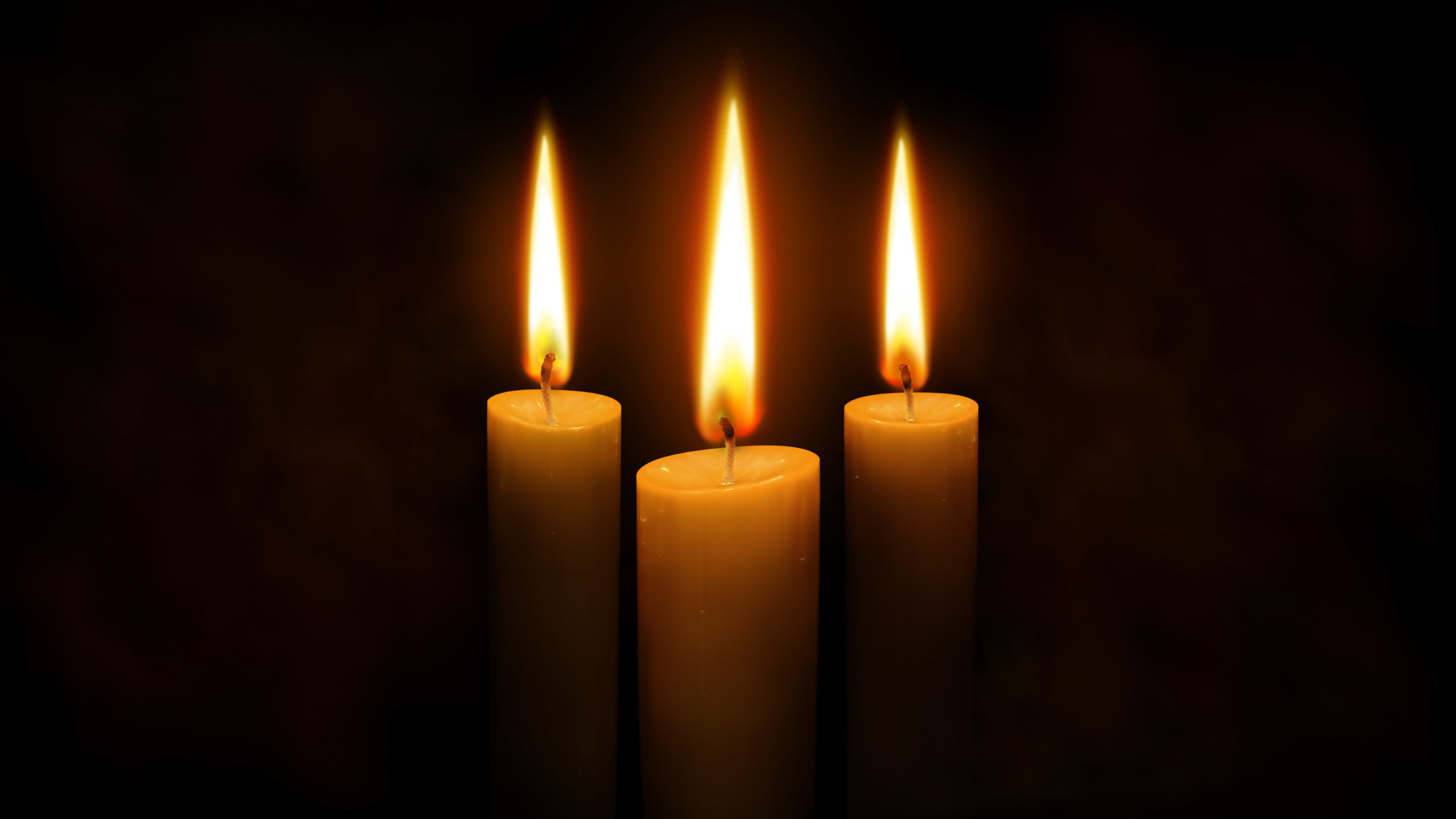

Articles
Why Do Candles Burn
Modified: January 9, 2024
Discover the science behind why candles burn and learn interesting facts with our collection of engaging and insightful articles on the subject.
(Many of the links in this article redirect to a specific reviewed product. Your purchase of these products through affiliate links helps to generate commission for Storables.com, at no extra cost. Learn more)
Introduction
Candles have been used for thousands of years as a source of light, warmth, and relaxation. The mesmerizing flickering flame and the soft glow emitted by candles create an ambiance that is both soothing and comforting. But have you ever wondered why candles burn? What is the science behind this seemingly simple process?
In this article, we will delve into the fascinating world of candle burning and explore the various factors that influence it. From the role of oxygen in the combustion process to the influence of wick materials, we will unravel the mysteries behind the mesmerizing flame.
Key Takeaways:
- Dive into the mesmerizing world of candle burning, understanding the intricate science behind wax, wick, and oxygen. Embrace the art and safety considerations for a truly magical experience.
- Uncover the factors influencing candle burning, from wax type to wick material, and ambient temperature. Optimize burn time and flame size while prioritizing safety for a captivating candlelit ambiance.
Read more: Why Do My Candles Burn So Fast
The Science Behind Candle Burning
At its core, candle burning is a chemical reaction known as combustion. Combustion occurs when a substance, such as the wax in a candle, reacts with oxygen in the air to produce heat, light, and various byproducts.
The process begins when the wick of the candle is lit. As the flame ignites the wick, it starts to melt the wax surrounding it. This melted wax is drawn up into the wick through capillary action, a phenomenon in which liquid moves against the force of gravity through narrow spaces, like the fibers in a wick.
Once the liquid wax reaches the flame at the tip of the wick, it vaporizes, transforming from a liquid state to a gaseous state. These vaporized wax molecules mix with the surrounding oxygen in the air.
Now, let’s talk about the role of oxygen in the burning process.
Oxygen is an essential element in combustion, acting as the oxidizer. When the vaporized wax molecules and oxygen combine, a chemical reaction occurs, releasing energy in the form of heat and light. This reaction is known as oxidation or the burning process.
As the wax molecules continue to react with oxygen, the heat generated by the reaction sustains the burning of the candle. The heat is then radiated and spreads outwards, giving off the warm glow that we associate with candles.
It’s important to note that for the combustion process to continue, a continuous supply of oxygen is required. That’s why we often see candles flicker when placed in areas with poor air circulation or when they are about to burn out.
Now that we understand the basics of candle combustion, let’s explore the different factors that can influence the burning process, including the type of wax and wick used.
The Role of Oxygen in the Burning Process
Oxygen plays a vital role in the burning process of candles. Without it, the combustion reaction cannot occur, and the candle would not be able to produce light and heat.
When a candle is lit, the flame creates a localized area of high temperature, which causes the surrounding air to heat up. As the air heats up, it expands and rises, creating a flow of air around the flame. This flow of air, known as convection, brings fresh oxygen from the environment to the flame, ensuring a continuous supply for the combustion reaction.
As the oxygen molecules reach the flame, they interact with the vaporized wax molecules. The oxygen molecules combine with the carbon and hydrogen atoms present in the wax, creating new molecules such as carbon dioxide (CO2) and water (H2O). These molecules are released into the environment as byproducts of the combustion process.
The release of carbon dioxide and water vapor is a natural consequence of the burning process and is typically harmless. However, in a confined space with poor ventilation, these byproducts can accumulate and lead to poor air quality. It is important to ensure adequate ventilation when burning candles to maintain a healthy environment.
It’s also worth noting that the availability of oxygen can affect the efficiency of the burning process. If there is an insufficient oxygen supply, the combustion reaction may be incomplete, resulting in a weaker flame or a sooty residue. This is often observed when a candle is partially extinguished or when it is burning in a drafty area.
On the other hand, if there is an excess supply of oxygen, the flame can become larger and more intense. This is why candles burned outdoors or in well-ventilated spaces tend to have brighter flames.
Understanding the role of oxygen in the burning process is crucial for ensuring a safe and efficient candle-burning experience. By providing proper ventilation and managing the oxygen supply, you can enjoy the warm glow and ambiance of candles without compromising air quality.
Next, we will explore the combustion of wax and how it contributes to the overall burning process.
The Combustion of Wax
Wax is the central fuel source of a candle. It is the substance that undergoes combustion to produce the heat, light, and byproducts that we associate with candle burning. Understanding how wax burns is crucial for comprehending the overall candle burning process.
Most candles are made from a type of wax called paraffin wax, which is derived from petroleum. Paraffin wax is composed of long hydrocarbon chains, which consist of carbon and hydrogen atoms. These atoms are the fuel that reacts with oxygen during combustion.
When a candle is lit, the heat from the flame melts the solid wax near the wick, turning it into a liquid. The liquefied wax is then drawn up the wick via capillary action. As the liquid wax reaches the tip of the wick, it is exposed to the flame, where it vaporizes and undergoes combustion.
During combustion, the carbon and hydrogen atoms in the vaporized wax react with the oxygen molecules from the surrounding air. This reaction releases energy in the form of heat and light, resulting in the familiar flickering flame of a candle.
The specific chemical reaction that occurs during the combustion of wax is known as oxidation. The carbon atoms in the wax molecules combine with oxygen to form carbon dioxide (CO2), while the hydrogen atoms combine with oxygen to form water (H2O). These byproducts are released into the environment as gaseous substances.
The combustion of paraffin wax is relatively efficient, producing a clean and steady flame when burned properly. However, it’s essential to note that the combustion process can vary depending on the quality and composition of the wax used in candles. Different types of wax, such as beeswax or soy wax, may have slightly different combustion characteristics.
In addition to the type of wax, the size and composition of the candle’s wick can also affect the combustion process. The wick provides a pathway for the liquid wax to reach the flame, ensuring a continuous fuel supply. Choosing the right wick material and size is crucial for maintaining a consistent and controlled burn.
Understanding the combustion of wax gives us insight into the factors that can influence the burning characteristics of a candle. Next, we will explore the influence of wick materials on candle burning and how it can affect the overall performance of a candle.
The Influence of Wick Material on Burning
The wick of a candle plays an important role in the burning process, as it is responsible for drawing up the liquid wax and providing a pathway for the fuel to reach the flame. The choice of wick material can greatly influence how a candle burns, impacting factors such as flame height, burn rate, and overall performance.
There are various wick materials available, each with its own characteristics. Here are some commonly used wick materials and their effects on candle burning:
1. Cotton wicks: Cotton wicks are widely used in candles due to their affordability and versatility. They are typically made from braided or twisted cotton fibers. Cotton wicks provide a steady and even burn, allowing the wax to be consumed uniformly. They are suitable for most candle types and can be used with different types of wax.
2. Wooden wicks: Wooden wicks are becoming increasingly popular in candle making. They are typically made from natural wood, such as cedar or cherry. Wooden wicks offer a unique aesthetic with their crackling sound and charming flickering flame. They tend to produce a wider and taller flame compared to cotton wicks, resulting in a more dramatic and visually appealing burn.
3. Braided wicks: Braided wicks, also known as flat wicks, are made by twisting multiple strands of cotton or other fibers together. They are commonly used in container candles. Braided wicks provide stability and a controlled burn, ensuring that the flame stays centered and the wax is consumed evenly.
4. Zinc core wicks: Zinc core wicks are cotton wicks with a small metal wire embedded in the center. The metal core provides structure and stability to the wick, preventing it from drooping or falling over during burning. Zinc core wicks are often used in larger or pillar candles that require a stronger wick to support the wax pool.
When selecting a wick material, it is essential to consider the diameter of the candle, the type of wax used, and the desired burn characteristics. Different wick materials have different burn rates, and using the wrong wick can result in issues such as tunneling (uneven burning), excessive soot, or fast consumption of the candle.
Experimentation and testing are often needed to find the ideal wick material and size for a specific candle. Factors like the container type, fragrance additives, and ambient temperature can also affect the performance of the chosen wick material.
By understanding the influence of wick material on burning, candle makers can create candles that burn effectively and efficiently, providing a beautiful and consistent flame throughout the life of the candle.
Next, let’s explore the various factors that can affect the burning time of a candle.
When a candle burns, the heat of the flame melts the wax near the wick. This liquid wax is drawn up the wick and vaporizes, creating a fuel source for the flame to continue burning.
Read more: Why Do Some Candles Burn Black Smoke
Factors Affecting Candle Burning Time
The burning time of a candle refers to the duration that the candle can continuously burn before it is extinguished. While the burning time can vary depending on various factors, understanding these factors can help maximize the longevity of your candles.
1. Wax type: The type of wax used in a candle can greatly influence its burning time. Different waxes have different compositions and burn characteristics. Generally, dense and hard waxes, such as beeswax or soy wax, tend to burn slower and have a longer burning time compared to softer waxes like paraffin.
2. Wick size: The size of the wick can affect how much fuel is drawn up into the flame. A larger wick will allow for more fuel consumption, resulting in a faster burn, while a smaller wick will produce a slower and longer burn. It’s essential to choose the appropriate wick size for your candle to achieve the desired burn time.
3. Candle diameter: The diameter of the candle plays a role in its burning time. A larger diameter candle will have a larger wax pool and, consequently, more fuel available for the flame, resulting in a longer burn time. On the other hand, a smaller diameter candle will have less fuel to burn and will typically have a shorter burn time.
4. Ambient temperature: The surrounding temperature can affect how quickly a candle burns. In warmer conditions, the wax tends to melt faster, leading to a faster burn. Conversely, in cooler conditions, the wax may solidify more slowly, resulting in a slower burn. It’s important to consider the ambient temperature when estimating the burn time of a candle.
5. Drafts and air circulation: Drafts of air can impact a candle’s burn time. When a candle is exposed to drafts or strong air currents, the flame’s oxygen supply may be disrupted, causing a shorter burn time. It is important to place your candles in a draft-free area to ensure a consistent and longer burn.
6. Container type: The container in which a candle is placed can affect its burn time. Candles in containers with a smaller opening tend to have a longer burn time as the heat is more contained and can melt the wax at a slower rate. Candles in larger or open containers may have a faster burn as they are exposed to more air and heat loss.
It is worth noting that while these factors can influence the burning time of a candle, other factors such as fragrance oils, colorants, and additives may also impact the burn characteristics. It can be beneficial to keep a detailed record of your candle-making process and experiment with different variables to achieve the desired burn time.
By considering these factors and making informed choices about wax type, wick size, container selection, and other variables, you can optimize the burn time of your candles and enjoy their warm glow for longer.
Next, let’s explore how ambient temperature can affect the burning of a candle.
How Candle Burning Relates to Ambient Temperature
The ambient temperature, or the temperature of the surrounding environment, can significantly impact the burning characteristics of a candle. Changes in temperature can affect the rate at which the wax melts, the size and stability of the flame, and the overall burn time of the candle.
1. Wax melting point: Different waxes have different melting points, which is the temperature at which the wax begins to liquefy. When the ambient temperature is higher than the melting point of the wax, the heat from the environment can cause the wax to melt more quickly, resulting in a faster burn time. Conversely, in cooler temperatures, the wax may solidify at a slower rate, leading to a slower burn.
2. Flame size and stability: The ambient temperature can influence the size and stability of the candle flame. In higher temperatures, the heat from the environment can help create a larger and more energetic flame. This can result in a faster burn rate and potentially greater fuel consumption. On the other hand, in colder temperatures, the flame may be smaller and more prone to flickering or extinguishing.
3. Scent throw: The ambient temperature can impact the scent throw of scented candles. Higher temperatures can enhance the diffusion of fragrance molecules, resulting in a stronger scent release. In contrast, colder temperatures may reduce the dispersal of fragrance, leading to a more subtle scent throw.
4. Air circulation: Ambient temperature often correlates with the level of air circulation. In warmer environments with good air circulation, the candle flame may burn more steadily, receiving a consistent supply of oxygen for efficient combustion. However, in drafty areas or with strong air currents, the flame may flicker or become unstable, affecting the burn time and overall performance of the candle.
When burning candles, it is important to consider the ambient temperature. Extreme temperatures, such as placing candles near sources of heat or in direct sunlight, should be avoided, as they can lead to uneven burning, excessive melting, or potential hazards. It is also crucial not to expose candles to low temperatures, as the wax may solidify and hinder the burning process.
Proper temperature control can help ensure a consistent burn time, stable flame, and optimal scent throw. The ideal ambient temperature for burning candles typically ranges between 65°F to 75°F (18°C to 24°C). By creating a comfortable and controlled environment for candle burning, you can enjoy their beauty and fragrance to the fullest.
Lastly, we will discuss some essential safety considerations when burning candles.
Safety Considerations for Candle Burning
While candles add warmth and atmosphere to our homes, it is essential to prioritize safety when using them. Here are some crucial safety considerations to keep in mind when burning candles:
1. Never leave candles unattended: It’s important never to leave a burning candle unattended. Accidents can happen unexpectedly, and attending to the candle ensures you can respond quickly if any issues arise.
2. Keep candles away from flammable objects: Ensure that there is a safe distance between the candle and any flammable materials, such as curtains, upholstery, or decorations. Keep candles on a heat-resistant surface and away from drafts or airflow that can blow curtains or papers into the flame.
3. Place candles in stable holders: Ensure that candles are placed in stable and non-combustible candle holders. This prevents them from tipping over or melting onto surfaces that can catch fire.
4. Trim the wick: Before each use, trim the candlewick to approximately ¼ inch (6mm) in length. This helps maintain a steady flame and prevents excessive flickering or soot formation.
5. Never touch a burning candle: Avoid touching or moving a burning candle as the hot wax and flame can cause burns or other injuries. Wait for the candle to cool down completely before handling it.
6. Use caution with glass container candles: Glass container candles can become hot during use. Allow the glass to cool completely before attempting to move or handle the candle.
7. Keep out of reach of children and pets: Place candles in areas where children and pets cannot reach them. Remember that curious hands or paws can accidentally knock over candles, leading to potential fire hazards.
8. Practice good candle maintenance: Ensure that the area around the candle is free from debris or flammable substances. Remove any excess or loose wick trimmings from the candle to prevent them from igniting.
9. Extinguish candles before leaving the room or going to sleep: To ensure maximum safety, extinguish candles before leaving the room or going to bed. Use a candle snuffer or gently blow out the flame, and allow the candle to cool before leaving it unattended.
10. Consider using flameless alternatives: If safety concerns are paramount, consider using flameless candles or LED alternatives. These provide the same ambiance without the risk of an open flame.
By following these safety considerations, you can enjoy the relaxing ambiance of candles while ensuring the well-being of your home and loved ones.
Now let’s wrap up our article.
Conclusion
Candle burning is a fascinating process that involves a combination of science and art. Understanding the science behind candle burning helps us appreciate the intricate interplay between wax, wick, and oxygen. From the combustion of wax to the role of oxygen, each element plays a crucial role in creating the mesmerizing flame that brings warmth and ambiance to our space.
We explored how factors such as the type of wax, wick material, ambient temperature, and air circulation can influence the burning characteristics of a candle. By considering these factors, candle makers can optimize the burn time, flame size, and overall performance of their creations.
However, while enjoying the beauty of candlelight, it is important to prioritize safety. Remember to never leave candles unattended, keep them away from flammable objects, and place them in stable holders. Practice good candle maintenance and always extinguish candles before leaving the room or going to sleep. By following these safety guidelines, you can enjoy the comforting glow of candles without compromising the safety of your home or loved ones.
Whether you burn candles for relaxation, ambiance, or as a decorative element, the art of candle burning continues to captivate and inspire. So the next time you light a candle, take a moment to appreciate the science and craftsmanship behind it. Embrace the soothing flicker and bask in the warm glow, knowing that a little bit of science and a touch of elegance are coming together to create a truly magical experience.
As you embark on your candle burning journey, remember to experiment, explore, and create, finding your own unique way to enjoy the beauty and serenity that candles bring into our lives.
Now, go forth, light your candle, and let its flame illuminate your world.
Frequently Asked Questions about Why Do Candles Burn
Was this page helpful?
At Storables.com, we guarantee accurate and reliable information. Our content, validated by Expert Board Contributors, is crafted following stringent Editorial Policies. We're committed to providing you with well-researched, expert-backed insights for all your informational needs.
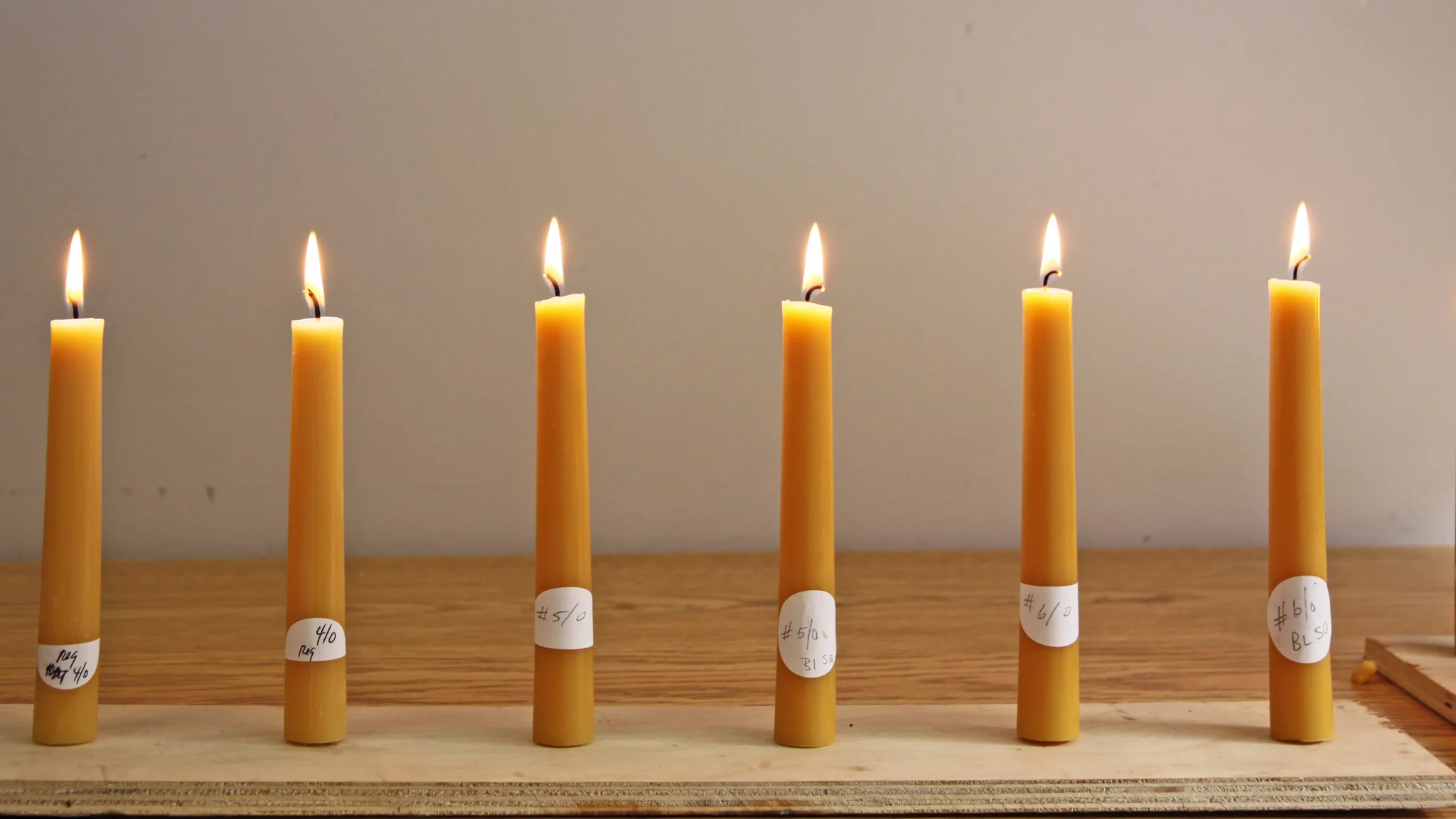
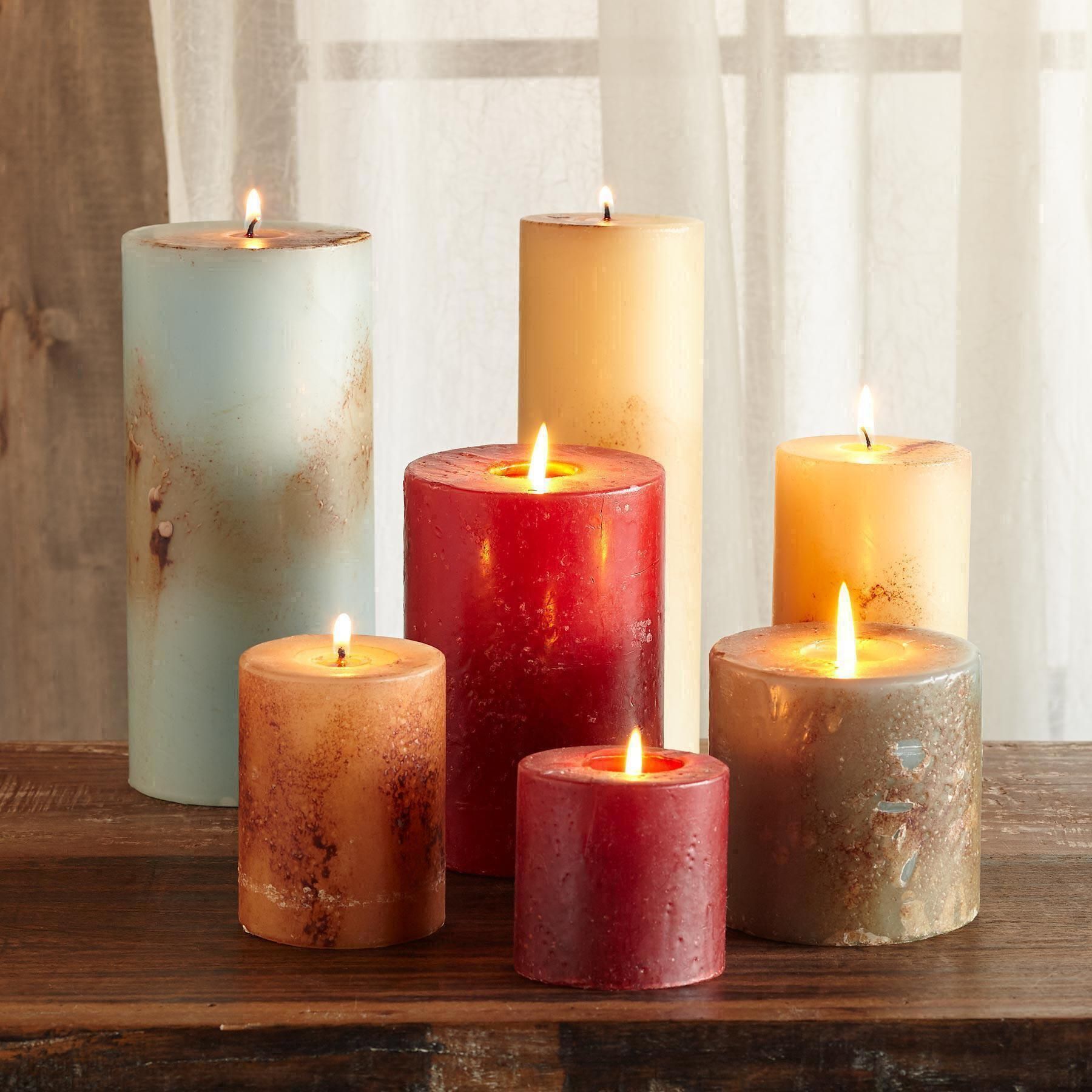
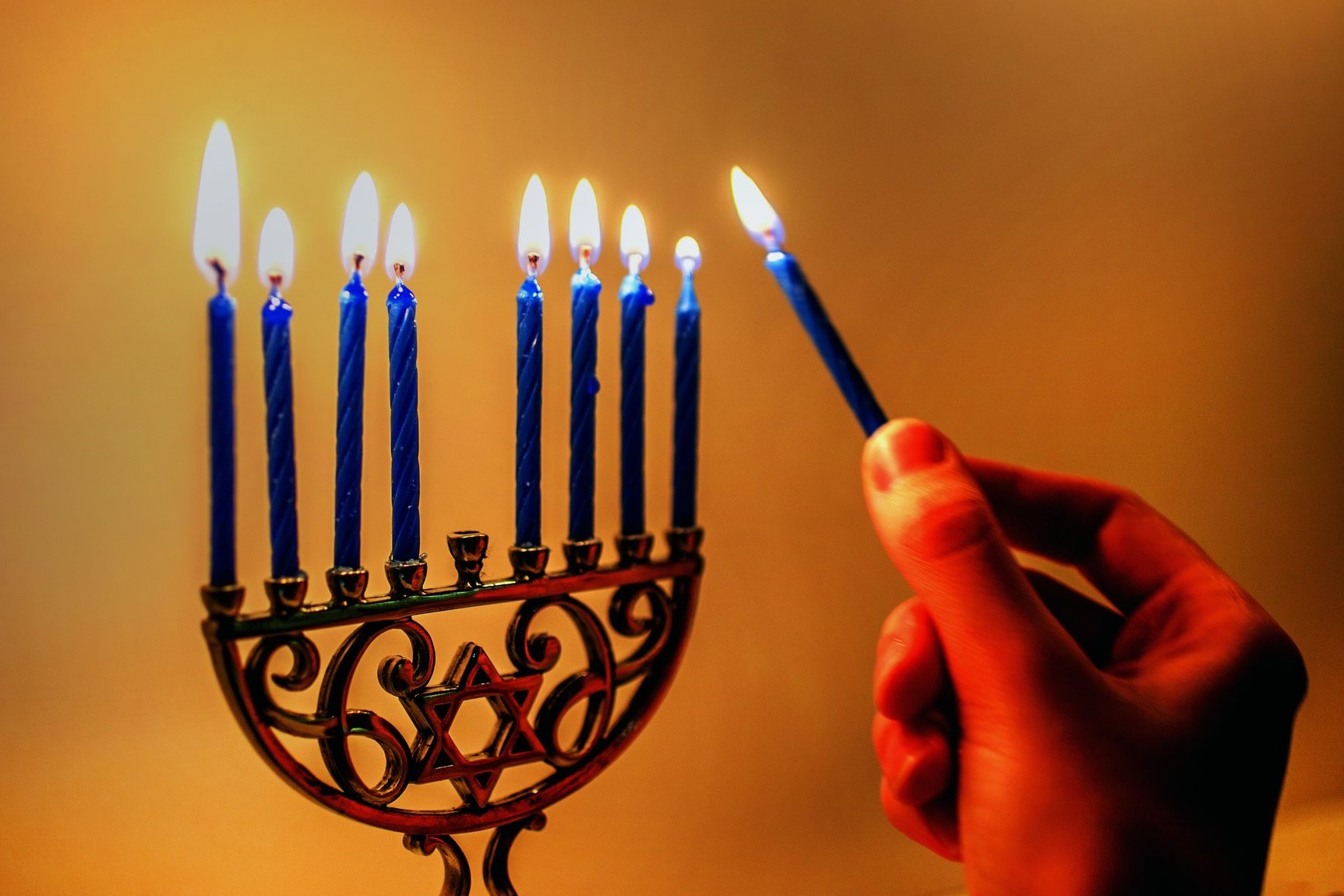
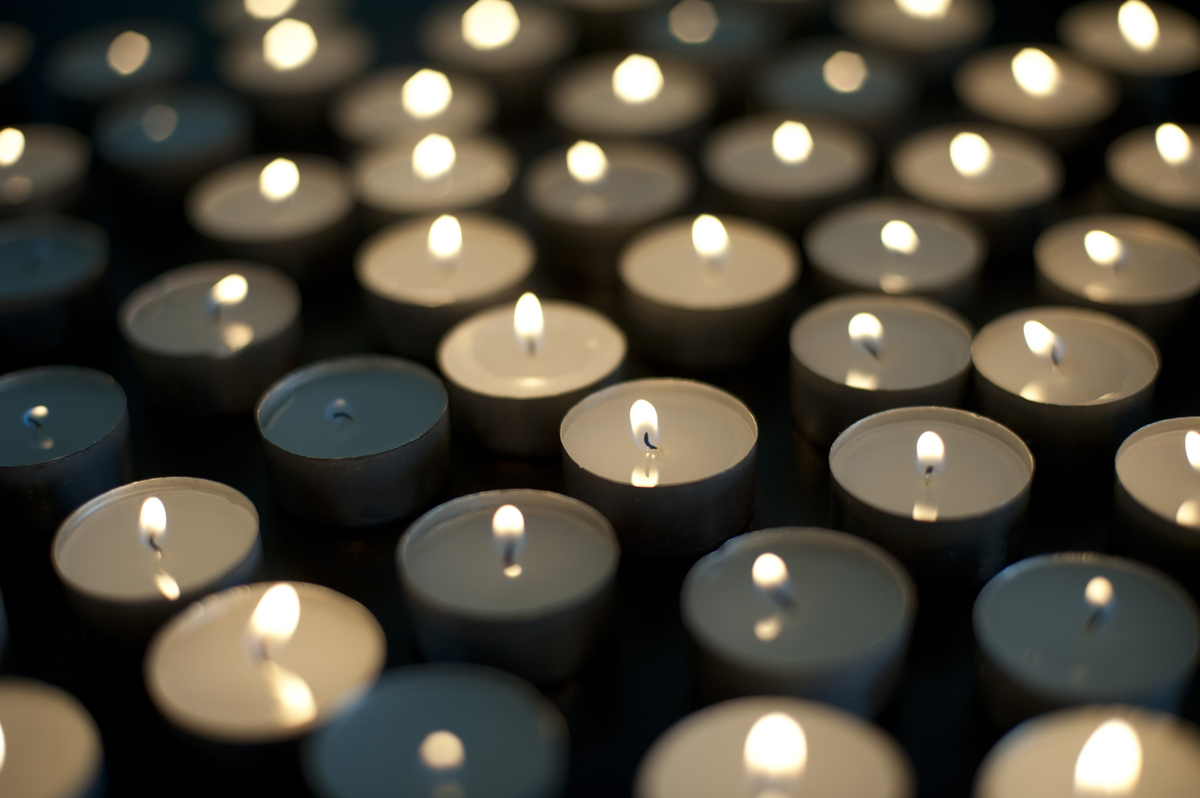
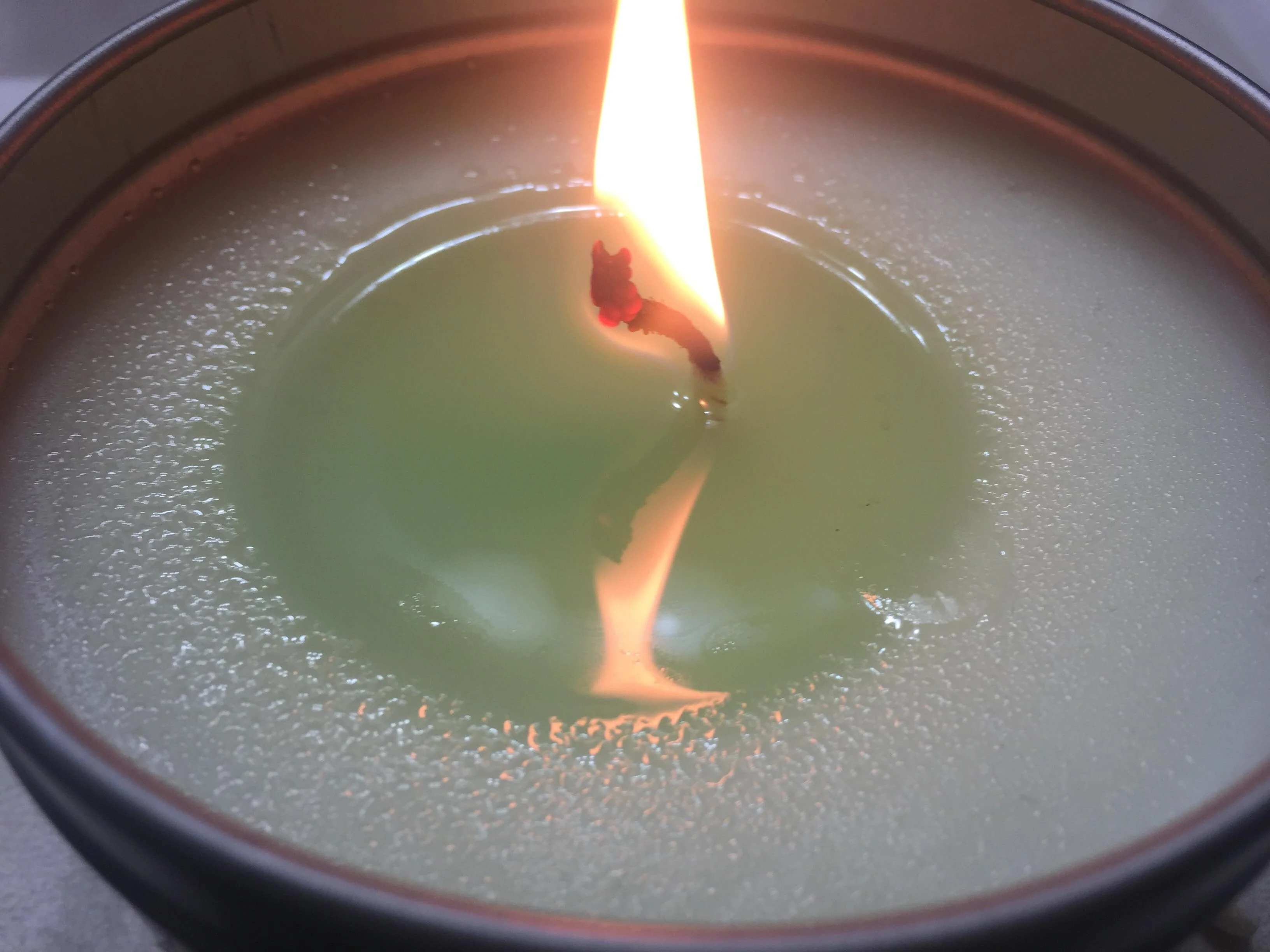
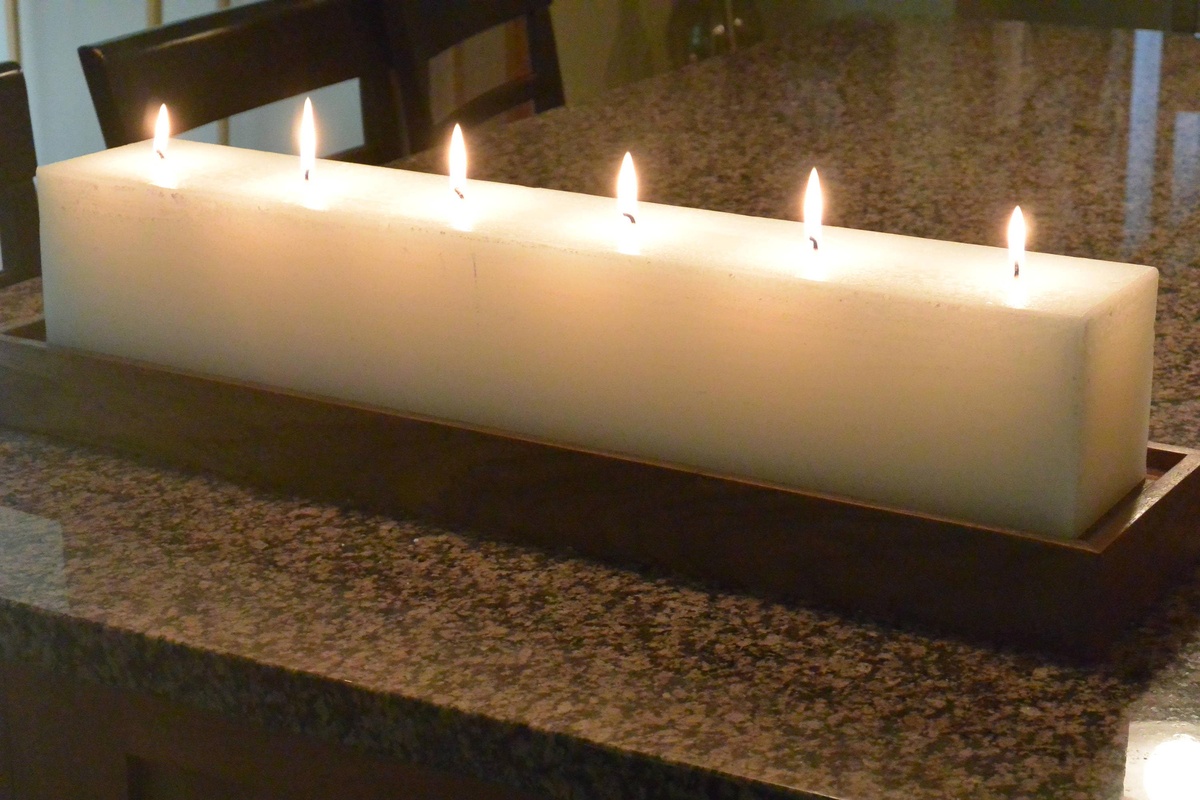
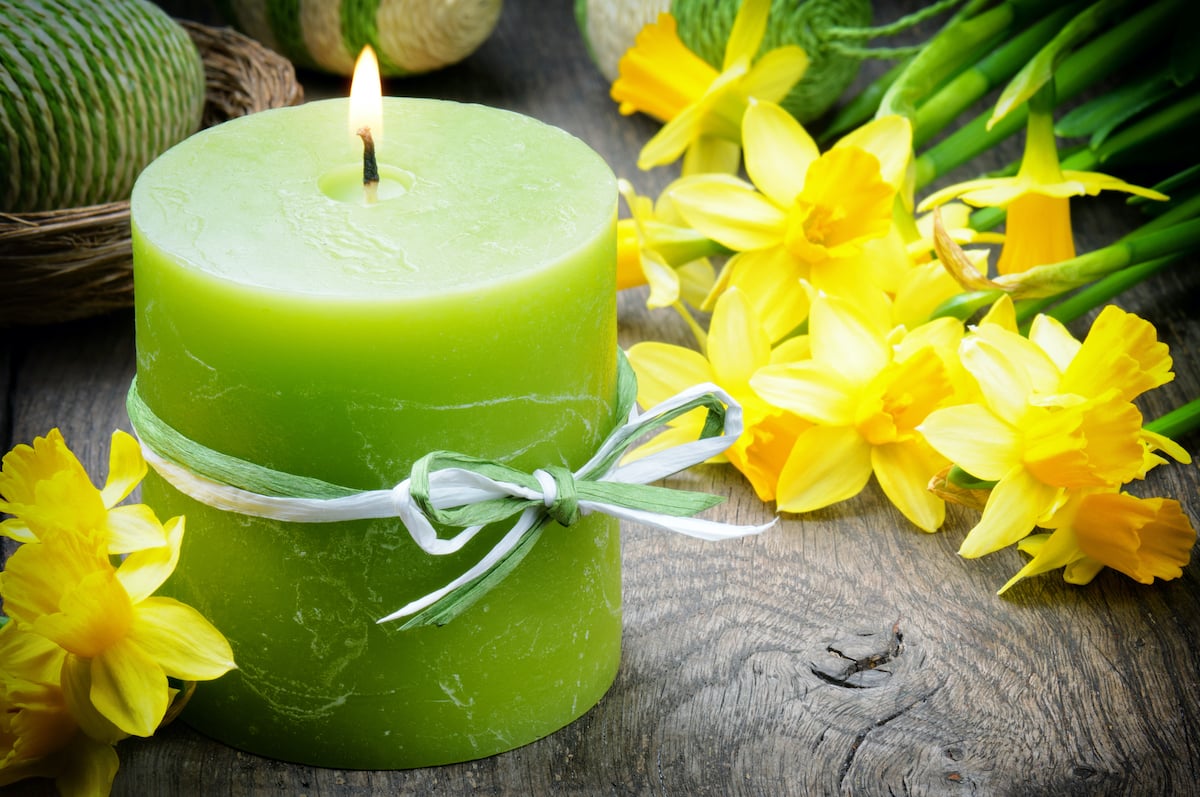
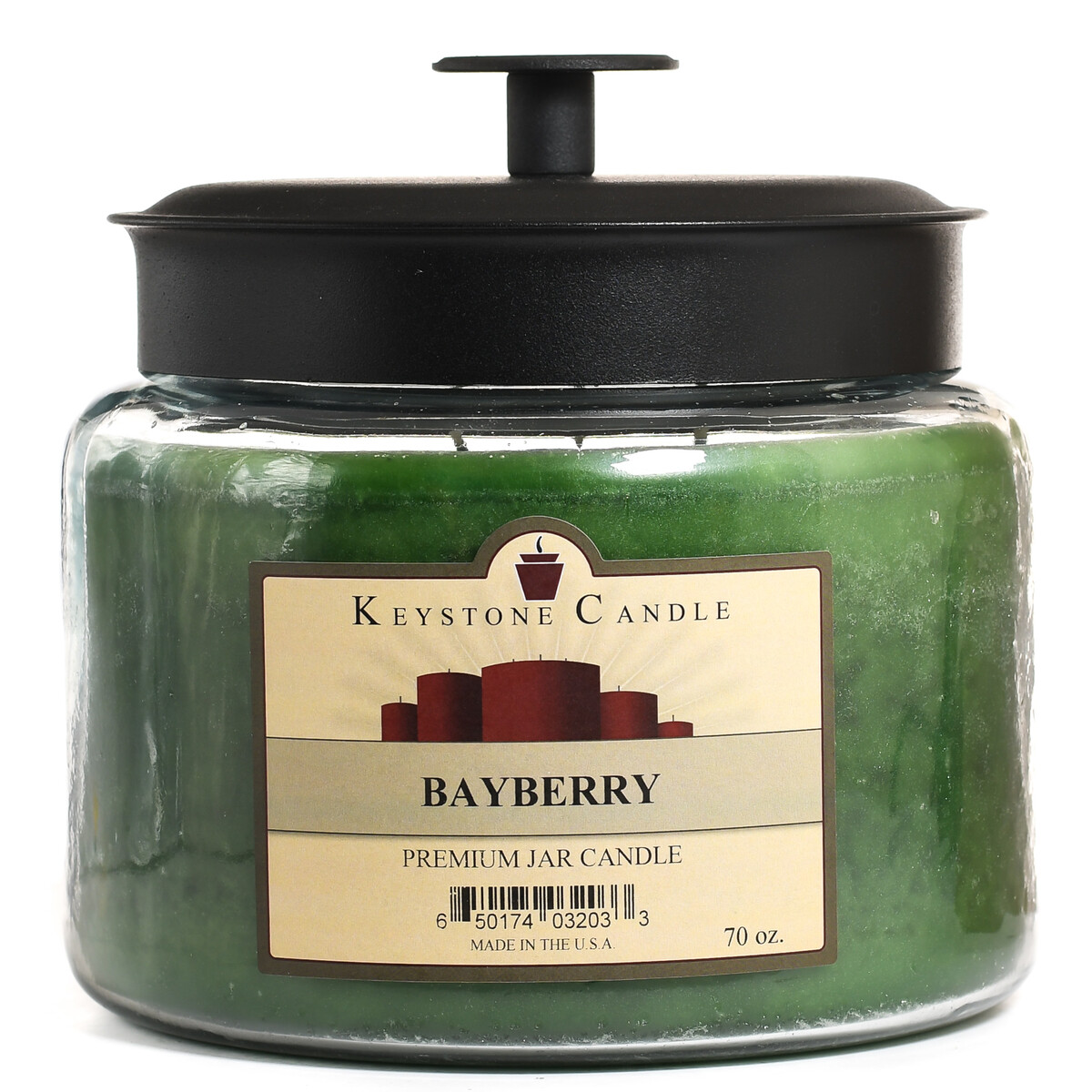
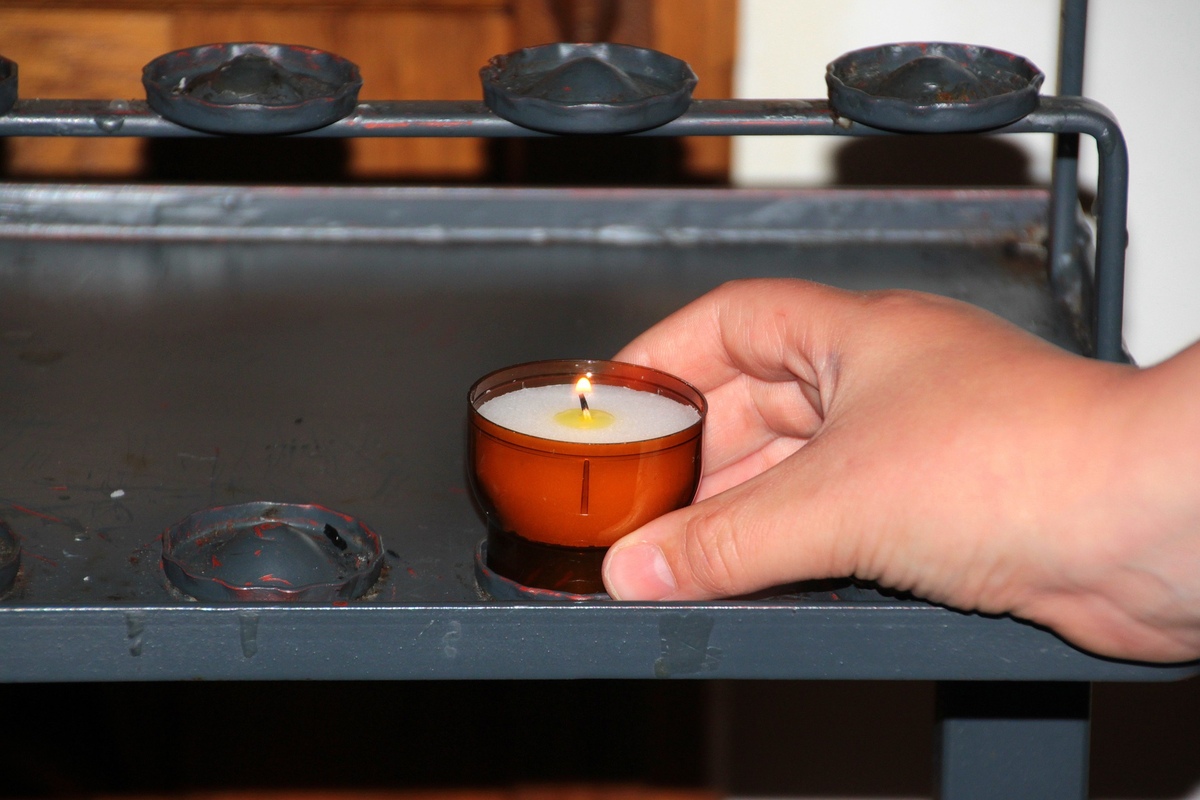
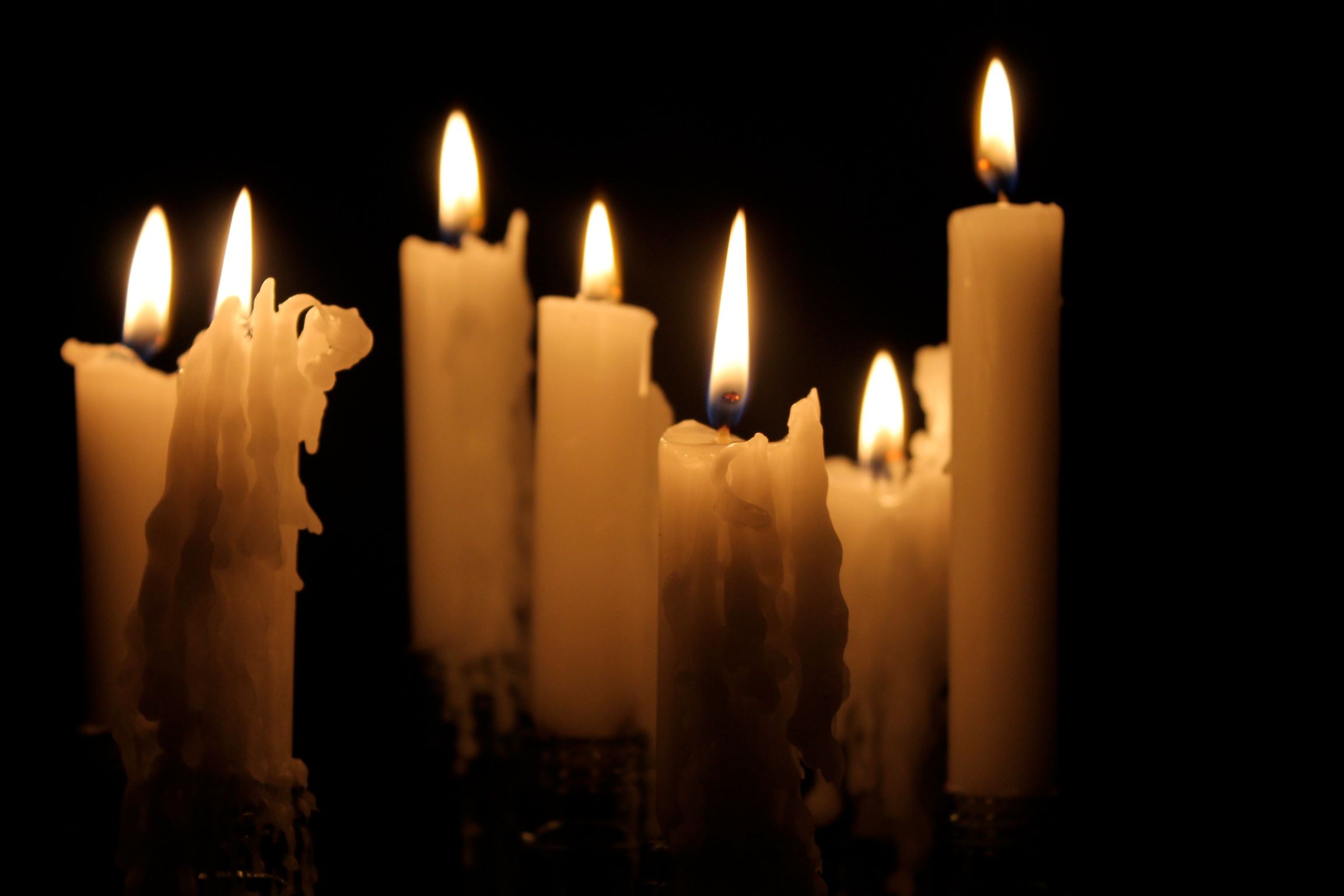
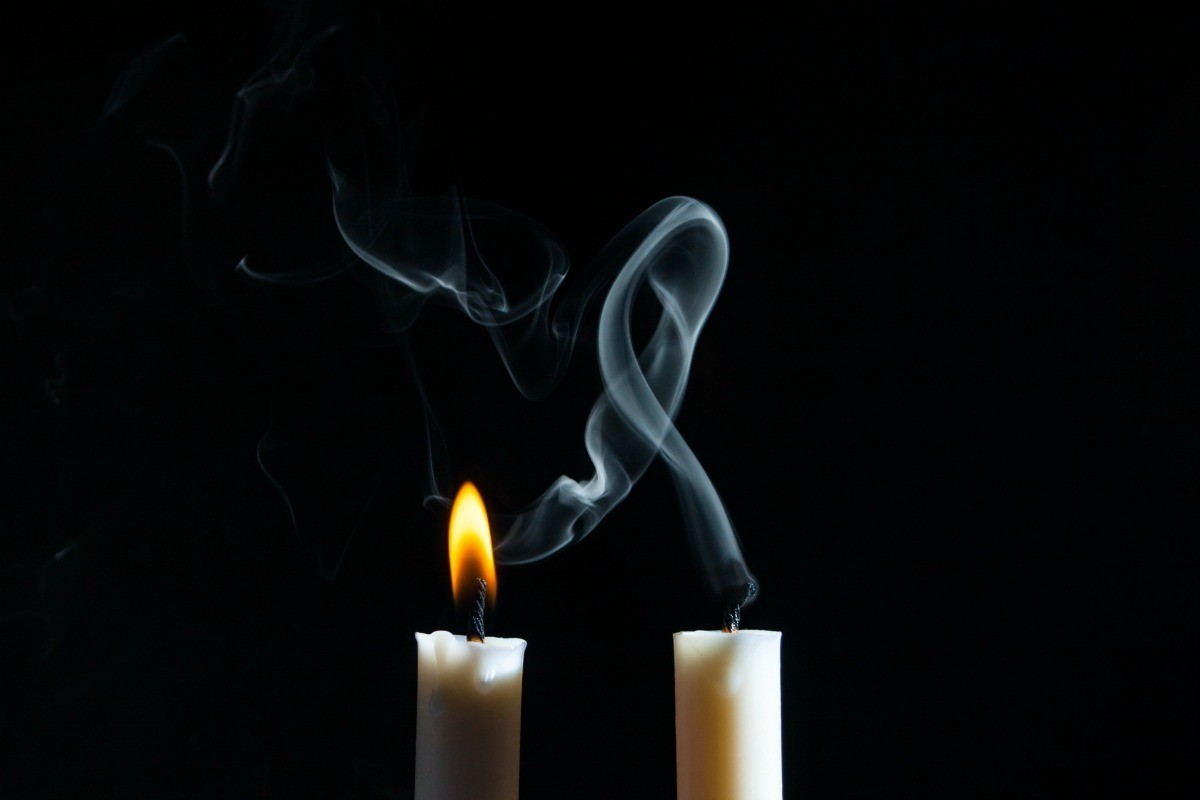
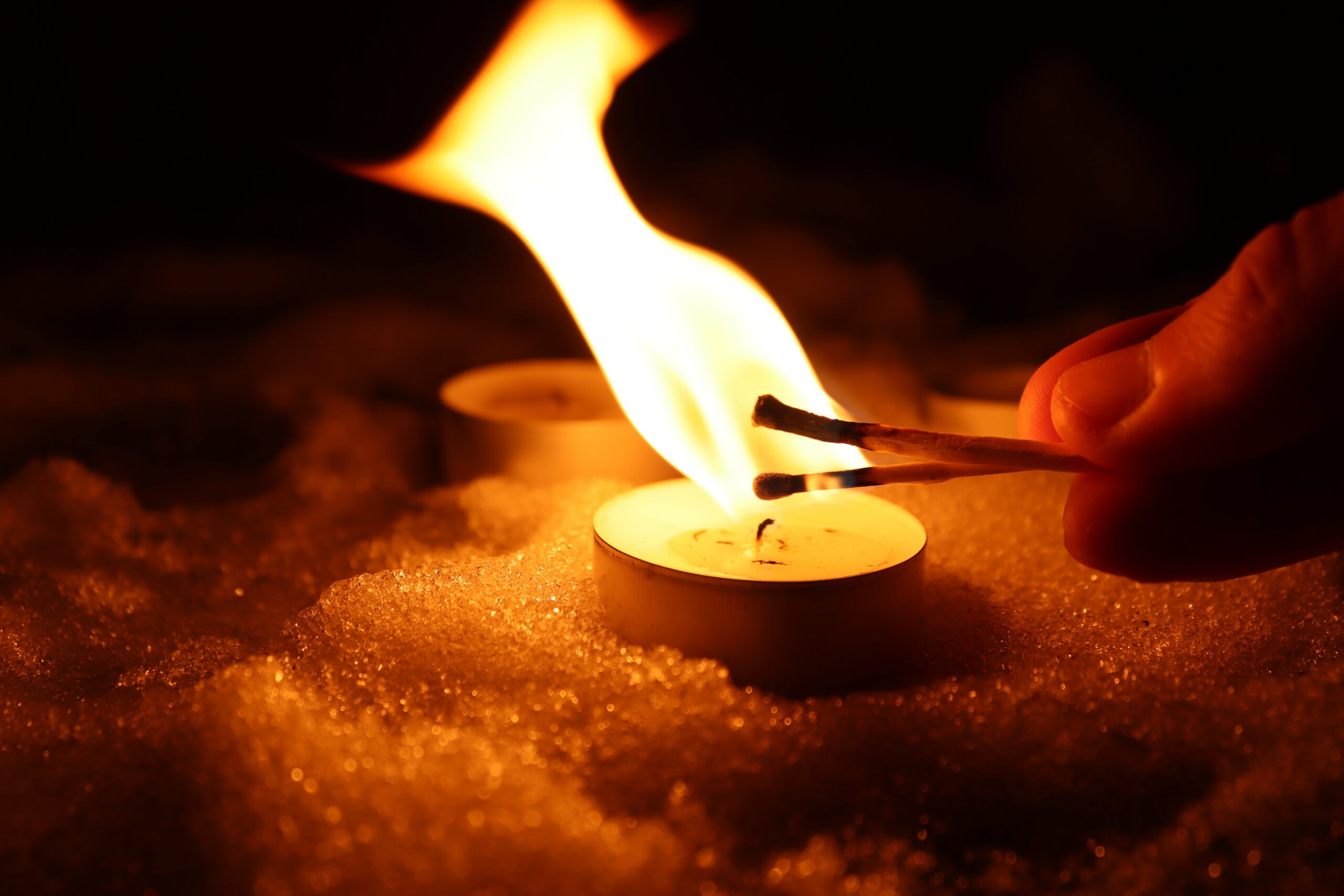
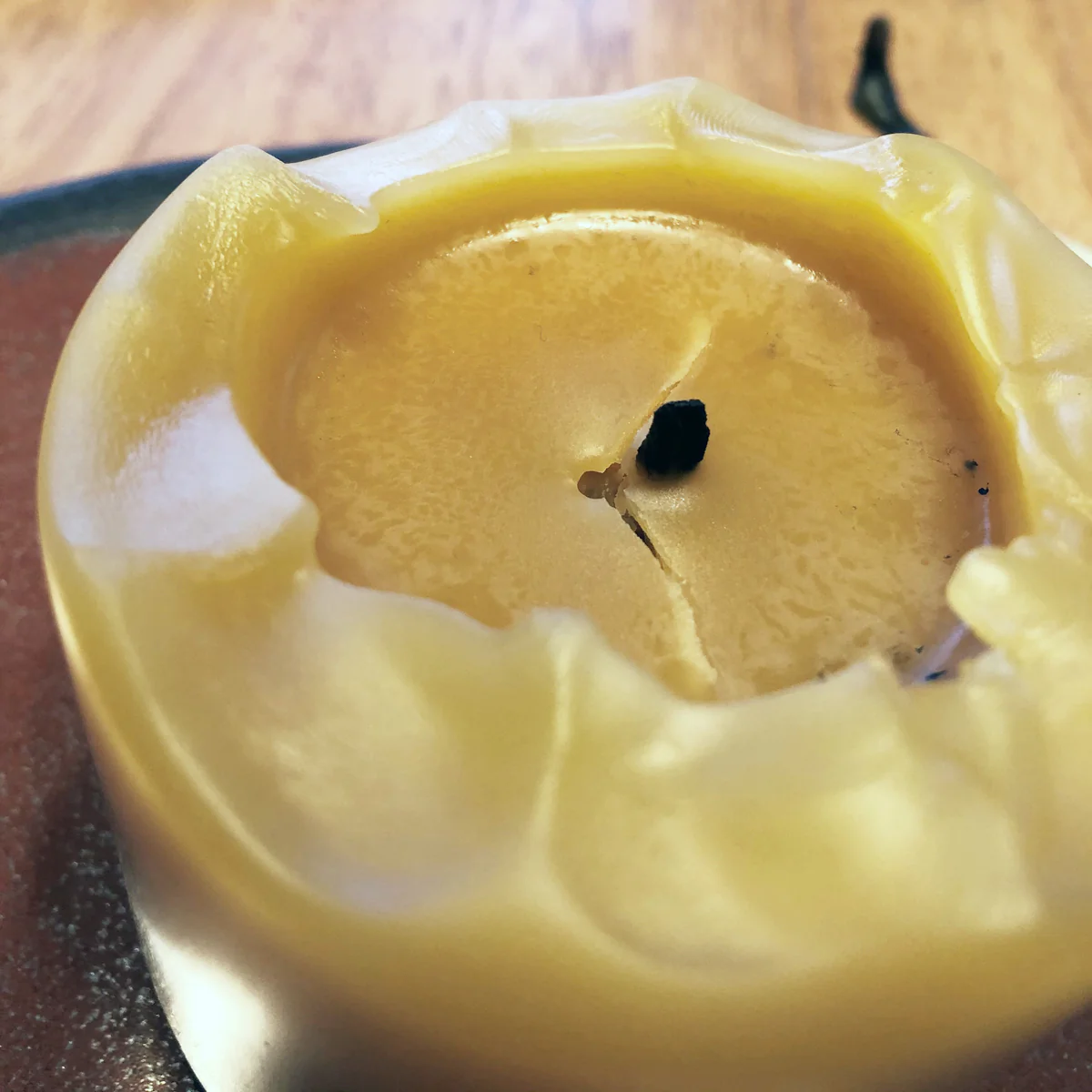
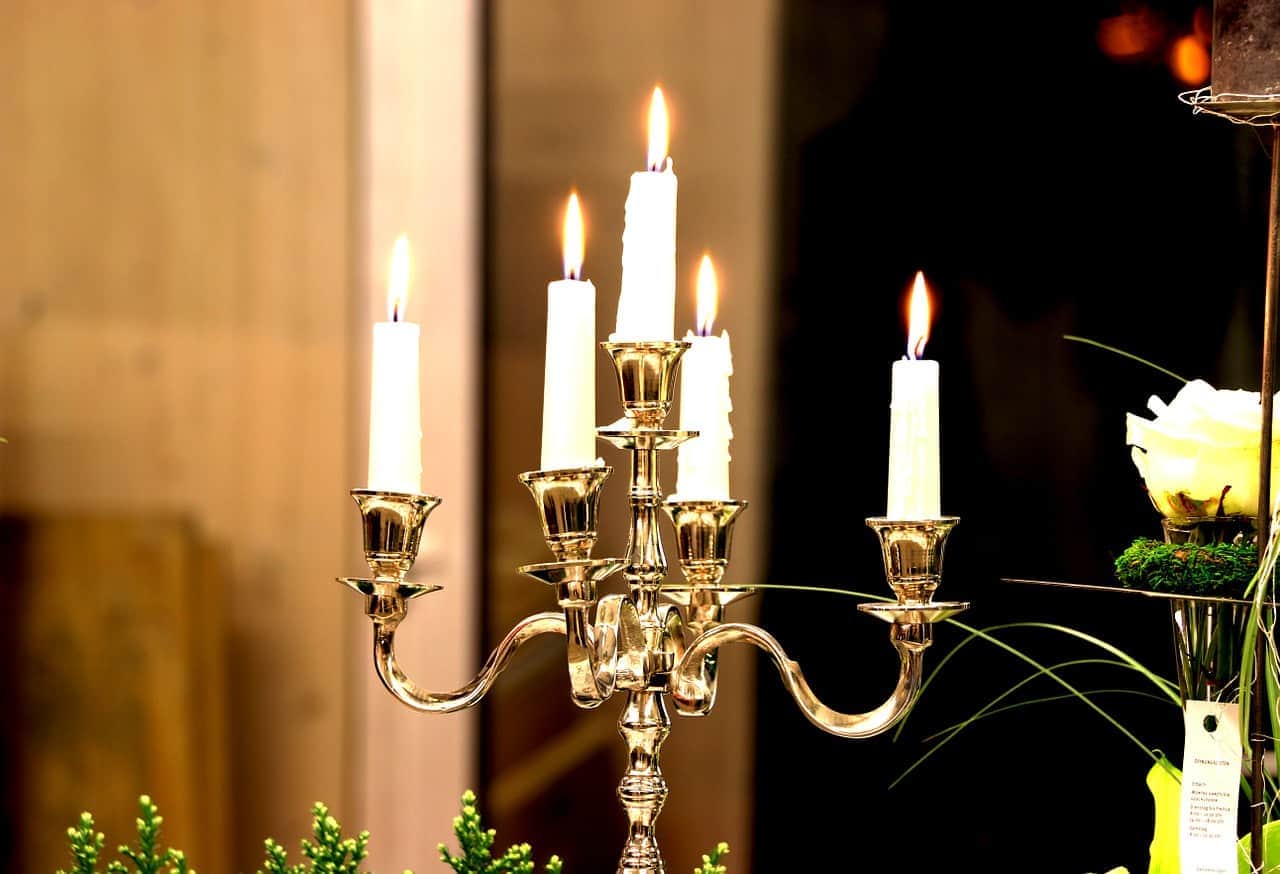

0 thoughts on “Why Do Candles Burn”